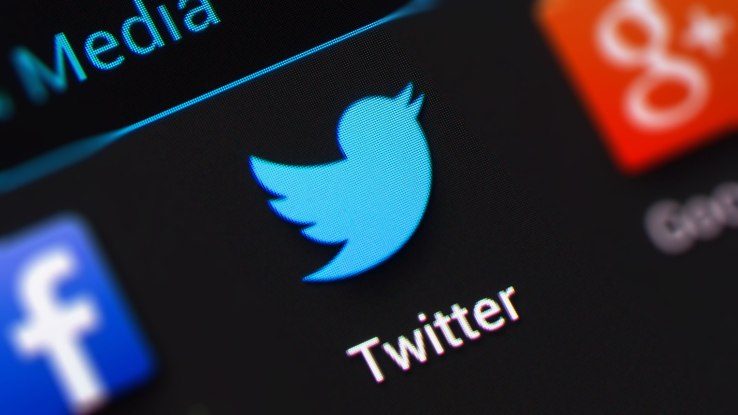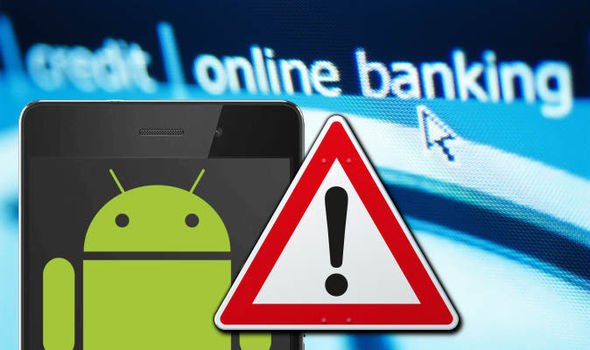
Twitter today has nearly four times as many monthly active users outside the U.S. as it does in its home market — 260 million versus 68 million — and this week it quietly launched a new app in an effort to boost those numbers further. The social network is testing a Android app for Twitter Lite, a native app version of a mobile web site Twitter launched earlier this year that uses less mobile data to work. The lighter data load means that the app is especially useful for emerging markets where data networks are often slower and more expensive for consumers to use.
We were alerted to the new Twitter Lite app by analytics firm SensorTower, and we’ve seen a few mentions of it out in the wild:
Twitter today has nearly four times as many monthly active users outside the U.S. as it does in its home market — 260 million versus 68 million — and this week it quietly launched a new app in an effort to boost those numbers further. The social network is testing a Android app for Twitter Lite, a native app version of a mobile web site Twitter launched earlier this year that uses less mobile data to work. The lighter data load means that the app is especially useful for emerging markets where data networks are often slower and more expensive for consumers to use.
We were alerted to the new Twitter Lite app by analytics firm SensorTower, and we’ve seen a few mentions of it out in the wild:
But alongside these are a few tweaks that will make it less of a data hog for users: for example, you can switch to a media-free mode to be able to select specific images and videos for downloading.
Indeed, it’s details like this that point to why Twitter expanded the Lite version to apps in the first place: not only do people like to use apps, but the platform gives Twitter a wider set of tools to tinker with the user experience further.
Giving users the option of which media they would like to actually see is a pretty crucial feature for emerging markets.
Twitter has over recent years reoriented itself as a media company, for example cutting deals to livestream events in hopes of capturing more audience and advertising alongside that.
But that full version of the service would be potentially unusable (and probably frustrating) as a result for many people in emerging markets, so Twitter has taken the decision to show these users less in hopes of getting them to use the service more — and to better monetize them on more localized terms.
Ironically, it may not only be emerging market users who flock to the app, as evidenced by who uses Twitter Lite the web app:
Twitter today tells me that the Lite web app offers a significant weight reduction on its standard apps: it uses up to 70 percent less data, is smaller than 1MB in size, and launches up to 30 percent faster. The Android Lite app, meanwhile, when installed uses “under 3MB.”
Twitter has not released any numbers on how much traffic comes from its Twitter Lite web site, built as a Progressive Web App. However, it is not too surprising to see Twitter expanding Lite after CEO Jack Dorsey highlighted its importance for the company in its emerging market and international strategies.
“We’ve been working over the past few months on some early foundational work, and Twitter Lite represents one of these,” he said in the company’s quarterly earnings call in July. “One of our goals is to make sure Twitter is accessible to anyone in the world. And Twitter Lite exactly hits on this particular goal. Especially in places like India, we found that our app was just way too slow to access. So we have areas in the world where network infrastructure is more costly, and we could be a lot better in terms of serving those markets and those countries. So it’s way too soon to access the — to assess the usage trends, but our initial results look really positive.”
Considering how many people use Twitter outside the U.S., and considering Twitter’s numerous and early efforts and wins in emerging markets, the company was somewhat late to the game when it came to launching an official Lite web app, which it did only earlier this year.
But for social networks that are hitting a wall in their domestic and mature market growth, having an app that’s designed for users on lower-end phones and networks is essential.
You can see the pattern of social sites that have followed this route: LinkedIn launched LinkedIn Lite as an Android app earlier this year, and Facebook Lite was at one point the company’s fastest growing app and now has somewhere between 500 million and 1 billion installs.
Twitter of course, has had a growth problem for years now, so it’s possibly even more urgent that the company rolls the dice sooner rather than later on this one.
[“Source-techcrunch”]


